Description
hardware flow control. It is an ideal choice in the field of industrial automation.
Although it was established only a few months ago, ABB Future Lab has already cooperated with Huawei to
complete the AI training of garbage sorting robots in two months. This robot uses AI technology based on Huawei
chips and uses industrial cameras to sort objects.
Obviously, adjusting the business model and organizational structure is an important reason why ABB has
lways been at the forefront of the industry.
From technology iteration to application implementation, ABB aims to provide complete solutions
As a pioneer in manufacturing automation and digitalization, ABB”s products in the automation field are constantly
improving, and its application industries are also expanding.
In Alf”s view, the structure and construction of automation have not changed much in the past 30 years. From signal
collection and information transmission to work scenarios or operational interfaces, the flow of information in automated systems has basically not changed.
But the arrival of 5G may change the way information is transmitted between devices. 5G’s characteristics such as large
capacity, high reliability and low latency make it possible to realize independent connections between devices. If real-time
mainline connection can be achieved and installed on the cloud or platform, it will be a more disruptive application.
5G will not only change the way ABB operates, but is also likely to introduce digitalization into the industry, including digital
operation and maintenance. ABB has launched an industrial Internet solution called ABB Ability, which firstly provides a platform
, and secondly, it includes all ABB”s digital cloud products, such as equipment industrial solutions and transportation solutions.
In addition to digitization, another focus of Alf is the autonomy of machines. He took the autonomous management of
autonomous driving and warehousing as examples to think about the development process of machine autonomy –
from human operation to machine operation, and ultimately to autonomous implementation and testing without the need for humans at all.
For ABB, in addition to popular autonomous driving technology, industrial production scenarios also have strong
demand for the autonomy of machinery and equipment, such as autonomous docking of ships and the mining industry
. In some industrial scenarios represented by mining, toxic gases and substances in the working environment are
harmful to the human body, so equipment
is required to have the ability to enter and leave the mine independently. ABB first needs to study the value proposition
of these businesses, discover potential applications, and then discover in which fields it can be applied.
A technology close to autonomy is artificial intelligence. Since its birth in the 1960s, it has been attracting people”s
attention, and there have been endless discussions about “robot replacement”. After decades of development,
related technologies have gradually matured, and more and more AI technologies have begun to be discussed
in the application field. The products and technologies
of leading manufacturers such as ABB have attracted much attention.
ABB has been applying AI technology to its products for 20 years, but its current mature products are mainly
diagnostic applications based on traditional statistics. Alf introduced to Yiou New Manufacturing that
as part of the diagnostic solution, this technology is mainly used to implement condition monitoring functions
. More mature applications are reflected in the automated management of equipment, such as the electronic
management of ships.
Machine learning is another promising AI technology. At the World Artificial Intelligence Conference at the
end of August this year, ABB demonstrated a coffee workbench composed of a two-arm collaborative robot Yu Mi.
Through guided programming of YuMi, the collaborative robot can learn and
remember the barista”s movements to complete the complete process of making coffee, latte art and delivering it to the audience.
In actual implementation scenarios, this technology is used to transform terminals carrying containers. By simulating the
location and status of box handling, the collected data is used to train the AI, allowing the AI to know the
location of the container, thereby achieving automation.
From automation, digitalization, autonomy and artificial intelligence technologies, ABB is not a blind pursuer of
emerging technology concepts. It pays more attention to customer needs and actual implementation, and achieves
better solutions through different product combinations.
There are two major difficulties in balancing R&D and business and implementing solutions.
As a commercial company, ABB still needs to consider the balance between R&D investment and revenue.
In Alf”s view, they do not have unlimited R&D resources, so they need to focus on finding a balance between
improving original product functions and developing new functions. In terms of technology research and development,
we also need to try to focus on projects that can bring the greatest value to the company.
Regarding the specific implementation of digital solutions, Alf believes that there are currently two main difficulties.
The first difficulty is that ABB cannot just develop a general solution, because different industry segments
have different needs, so it must design solutions that suit their different needs. ABB not only needs to master
knowledge in different fields and different applications, but also needs to consider the availability of data.
The second difficulty lies in the use of data, because AI requires a large amount of data training. On
the one hand, ABB needs to encourage customers to provide data for training models; on the other hand,
ABB also needs to ensure customers the privacy, ownership and security of their data.
“Industrial artificial intelligence needs to be combined with models and data. But the most
important thing is that we must provide value to customers through the use of AI, otherwise we will just
apply technology for the sake of applying technology.” Alf concluded.
https://www.xmamazon.com
https://www.xmamazon.com
https://www.plcdcs.com/
www.module-plc.com/
https://www.ymgk.com
1746-OV16 A-B I/O power supply
TC-IAH161 HONEYWELL Detection module
CC-PAOH01 HONEYWELL System mother board
CC-PDIL01 HONEYWELL Acquisition module
DC-TAOX11 HONEYWELL System motherboard
T9100 ICS Triplex Analog input module
T9451 ICS Triplex Driver module
T9402 ICS Triplex Analog input module
T9403C ICS Triplex Analog input module
T9403C ICS Triplex DC Digital Input Modules
T9300 ICS Triplex Dc digital input module
T9451 ICS Triplex Interface board
T9402 ICS Triplex Main control board
T9432 ICS Triplex Input module
T8191 ICS Triplex Master control panel
RDCO-02C ABB Communication board
T3310 ICS Triplex Dc digital input module
1756-OF8 A-B CPU module
106M1079-01 BENTLY Redundant power modules
F8650E HIMA CPU module
UR6AV GE Master control panel
UR6AH GE Interface board
UR6CH GE Backlight/backlight component
UR6DH GE Main communication module
UR6EH GE Robot system spare parts
UR6EV GE Analog input subroutine
UR6PH GE Serial interface module
UR6TH GE Ethernet module
UR6UH GE Analog input/output
UR8CH GE I/O interface
UR8AH GE Computer interface modules
UR8FV GE Encoder communication card
UR8GH GE Input module
UR9EV GE Redundant power modules
UR9KH GE Communication module
900TNF-0001 HONEYWELL Empty cover plate
900TCK-0001 HONEYWELL Wiring Terminal Block (36 terminals)
900TBR-0001 HONEYWELL Terminal block, suitable for DI (AC), DO (relay, AC)
900TBK-0001 HONEYWELL Terminal block, Suitable for AI, AO, DI (dry contact, DC), DO (DC)
900K01-0001 HONEYWELL Pulse/frequency module, 4 channels
900H32-0001 HONEYWELL DO card (24V DC), 32 channels
900H03-0102 HONEYWELL DO card (AC 220V) with 8 channels
900H01-0102 HONEYWELL DO card (relay), 8 channels
900H02-0102 HONEYWELL DO card (24V DC), 16 channels
900G32-0001 HONEYWELL DI card (24V DC), 32 channels
900G03-0102 HONEYWELL DI card (220V AC) with 16 channels
900G02-0102 HONEYWELL DI card (24V DC) with 16 channels
900G01-0102 HONEYWELL DI card (dry contacts), 16 channels
900B16-0001 HONEYWELL AO card (analog output card), 16 channels
900B08-0001 HONEYWELL AO card (analog output card), 8 channels
900B01-0101 HONEYWELL AO card (analog output card), 4 channels
900A16-0001 HONEYWELL AI card (high level input card), 16 channels
900A01-0102 HONEYWELL AI card (analog input card), 8 channels
900E01-0001 HONEYWELL Private Ethernet switch
900C32-0243-00 C30 HONEYWELL CPU module
900C31-0243-00 C30 HONEYWELL CPU configuration software
900C53-0243-00 HONEYWELL Communication module of the expansion box
900C52-0243-00 C50 HONEYWELL CPU module
900C51-0243-00 HONEYWELL CPU configuration software
50008930-001 HONEYWELL Dedicated Ethernet switch
900E02-0001 HONEYWELL Private Ethernet switch
900P24-0001 HONEYWELL Power module
900P02-0001 HONEYWELL Power module
900P01-0001 HONEYWELL Power module
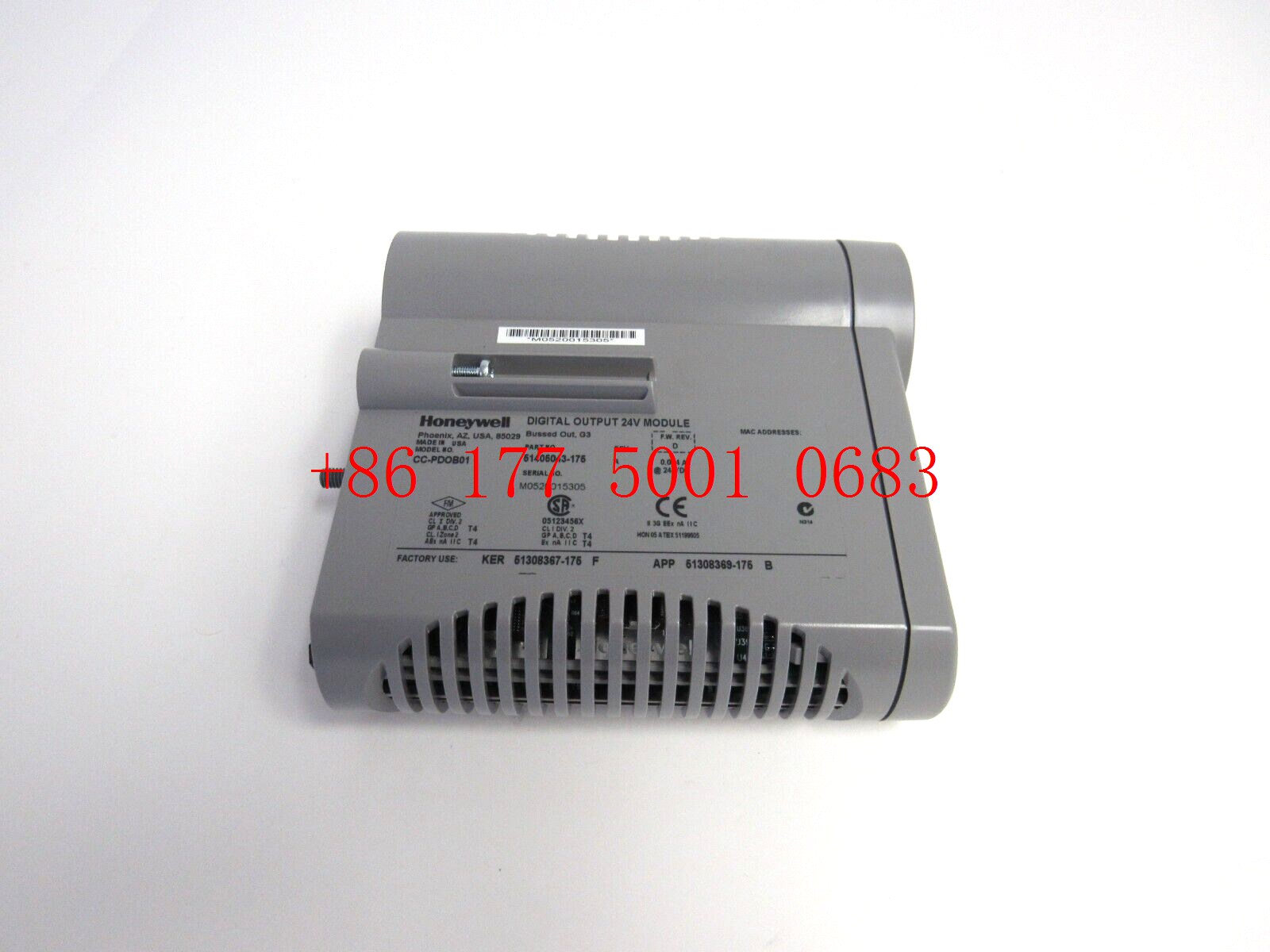
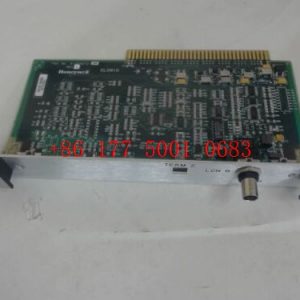
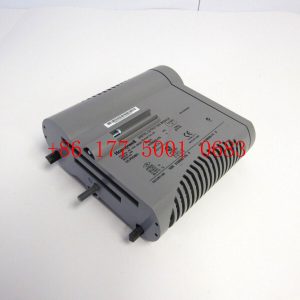
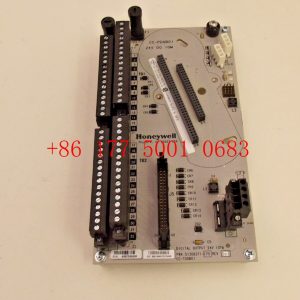
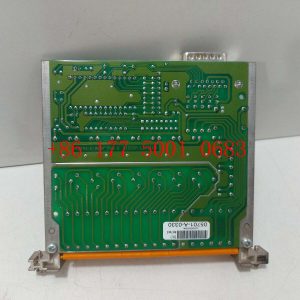




Reviews
There are no reviews yet.